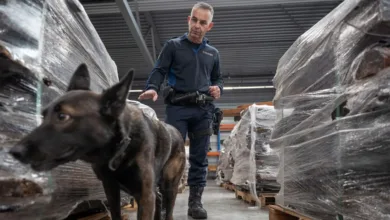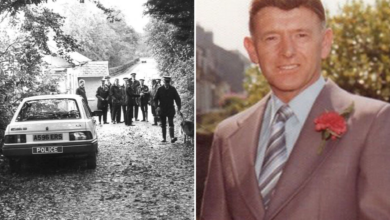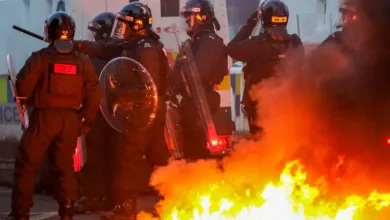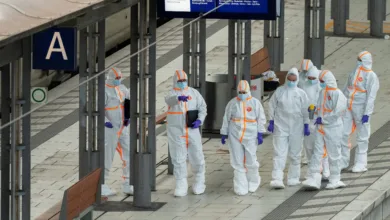Cocaine, Corruption, and Criminal Networks: How Hamburg Became Europe’s Frontline in the Drug Trade
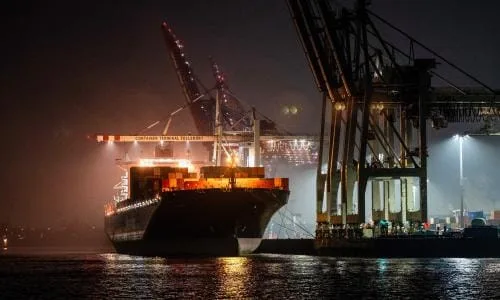
The port of Hamburg is now the epicenter of Europe’s cocaine trafficking crisis. Discover how corruption, crimina alliances, and staggering profits have turned Germany’s largest port into a key smuggling hub.
Europe’s cocaine trade has reached unprecedented levels, and at the heart of this illicit boom is the German port city of Hamburg. Once known mainly for its shipping prowess and cultural landmarks, Hamburg has quietly become a focal point for violent gangs, corrupt insiders, and sophisticated smuggling operations that rival anything seen in southern Europe.
This deep-dive explores why Hamburg is so vulnerable, how criminal networks operate, and what this means for Germany and the broader European fight against organized crime.
Why Hamburg?
The Scale of the Port
Hamburg is Europe’s third-busiest port, handling over eight million shipping containers annually. Its sheer scale creates logistical challenges for customs and police. Each container can carry vast amounts of cocaine hidden among legitimate goods.
Strategic Location
Located on the River Elbe, Hamburg provides direct access to Germany’s industrial heartlands and quick distribution routes across Europe. Once cocaine arrives in Hamburg, it can reach markets in Berlin, Paris, and beyond within hours.
Inside the Smuggling Networks
The Role of Corruption
Recent investigations revealed alarming levels of corruption inside the port. Some dockworkers, security personnel, and even shipping company employees have been bribed or intimidated into cooperating. This insider help allows traffickers to remove cocaine before containers are officially inspected.
Partnerships Across Borders
Criminal gangs from the Netherlands, Balkans, and South America coordinate shipments, share intelligence, and launder profits. The scale of cooperation resembles multinational corporations—with drug cartels acting as suppliers and European gangs handling logistics and retail distribution.
Numbers That Shock
In 2024 alone, German authorities seized over 40 tons of cocaine in Hamburg—valued at billions of euros on the street. Experts estimate this is only a fraction of total shipments, suggesting a market that is growing rapidly despite record seizures.
The Consequences for Hamburg and Germany
Rising Violence
While Hamburg remains safer than some European ports like Antwerp or Rotterdam, police have documented a spike in threats, intimidation, and occasional violence. Dockworkers who refuse bribes face harassment. Criminal groups occasionally clash over territory and influence.
Economic and Social Risks
Apart from crime, the flood of cocaine has secondary effects: money laundering in real estate, corruption eroding trust in port operations, and fears that Hamburg’s international reputation could suffer.
How Authorities Are Responding
Enhanced Scanning and Surveillance
German customs have invested in AI-powered container scanners and expanded teams of canine units trained to detect narcotics.
International Cooperation
Germany is now collaborating more closely with Belgian, Dutch, and Spanish authorities to share intelligence on smuggling networks.
Targeting Finances
Police have increased efforts to track and seize assets linked to cocaine profits, aiming to undermine the financial foundations of these criminal enterprises.
Challenges Ahead
Despite these measures, traffickers constantly adapt. Hidden compartments become more advanced, bribes become larger, and networks grow more global. As long as European demand for cocaine remains high, supply routes like Hamburg are unlikely to close completely.
The Bigger Picture
Hamburg’s struggle mirrors a Europe-wide crisis. Cocaine is no longer a niche product for elites; it is mainstream, cheaper, and widely available. This has fueled record demand—and attracted some of the world’s most ruthless criminal organizations.
Conclusion
Hamburg’s transformation into a cocaine smuggling hub highlights how organized crime exploits even the most advanced economies. It also shows that corruption, logistics, and high demand create a near-perfect storm for traffickers.
For Germany and Europe, the fight against this trade will require not just more seizures, but also deeper systemic reforms, cooperation beyond borders, and sustained efforts to reduce demand.
Tags: #HamburgPort #CocaineEurope #DrugTrafficking #OrganizedCrime #GermanyCrime
